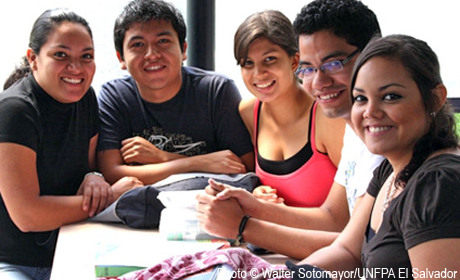Key humanitarian results 2023

People reached with awareness-raising activities and GBV-lifesaving information in-person

Dignity kits and/or other Non-Food Items distributed

Non-specialised GBV humanitarian workers / frontline workers who were trained /oriented on GBV core concepts and guidelines

